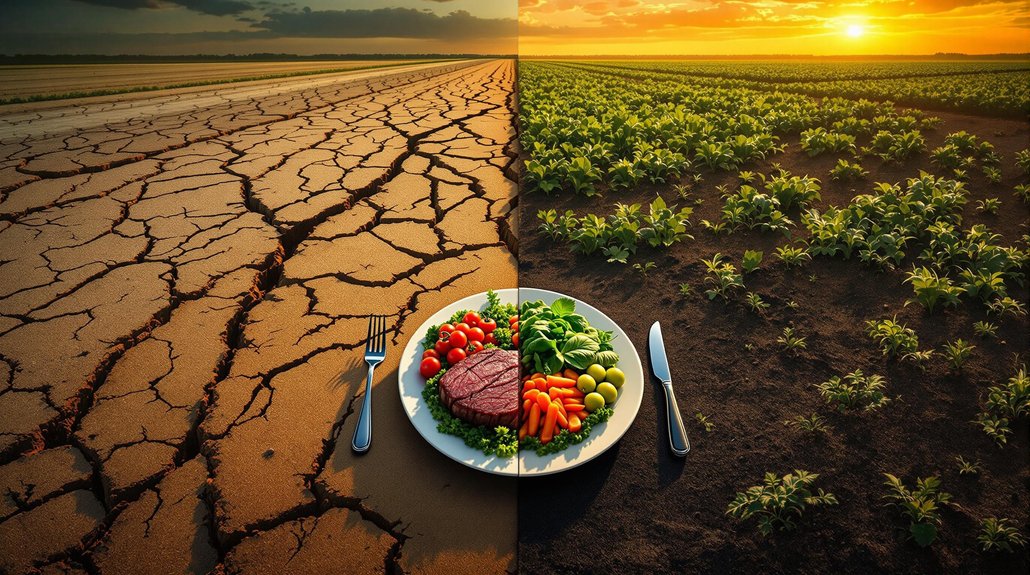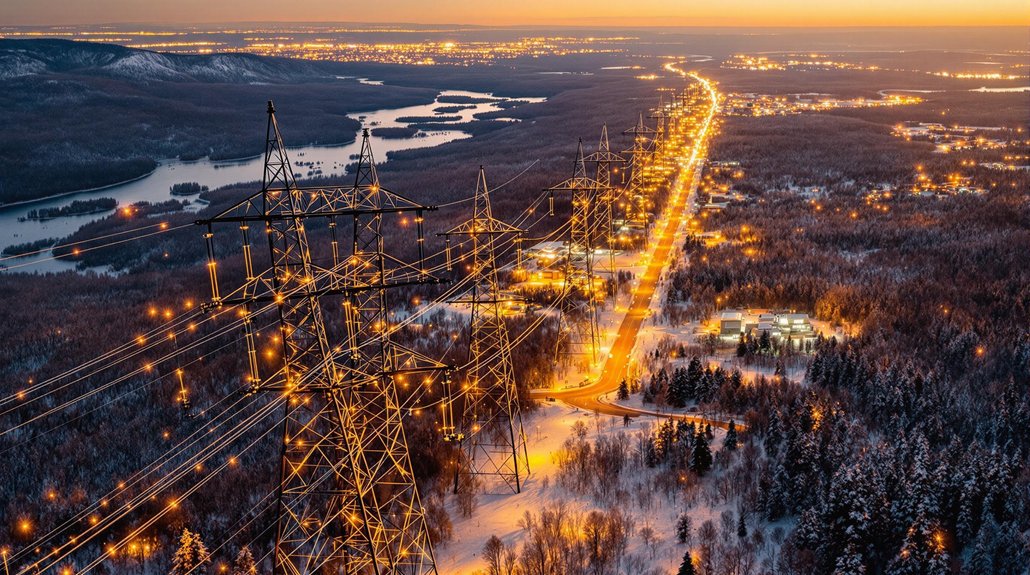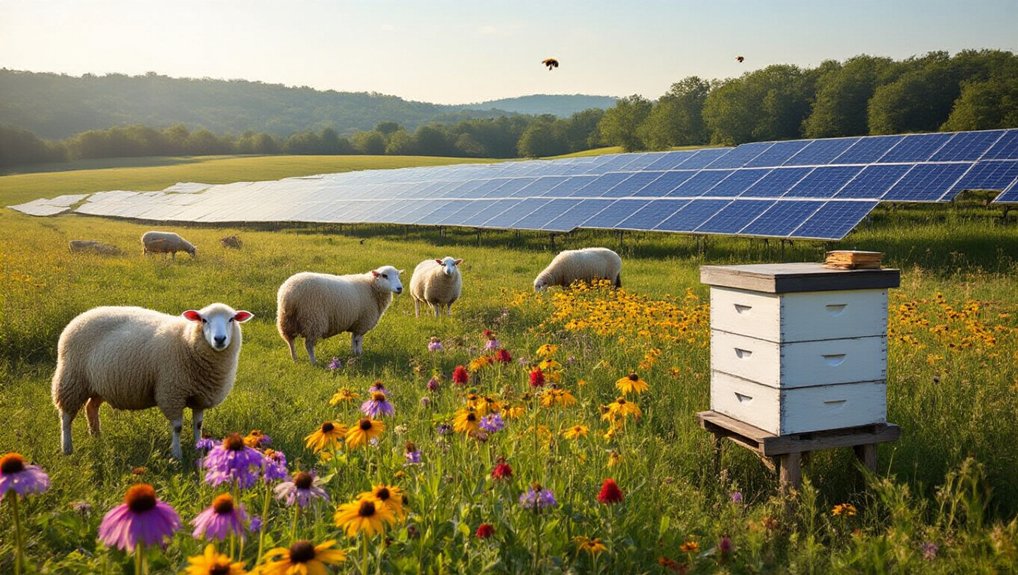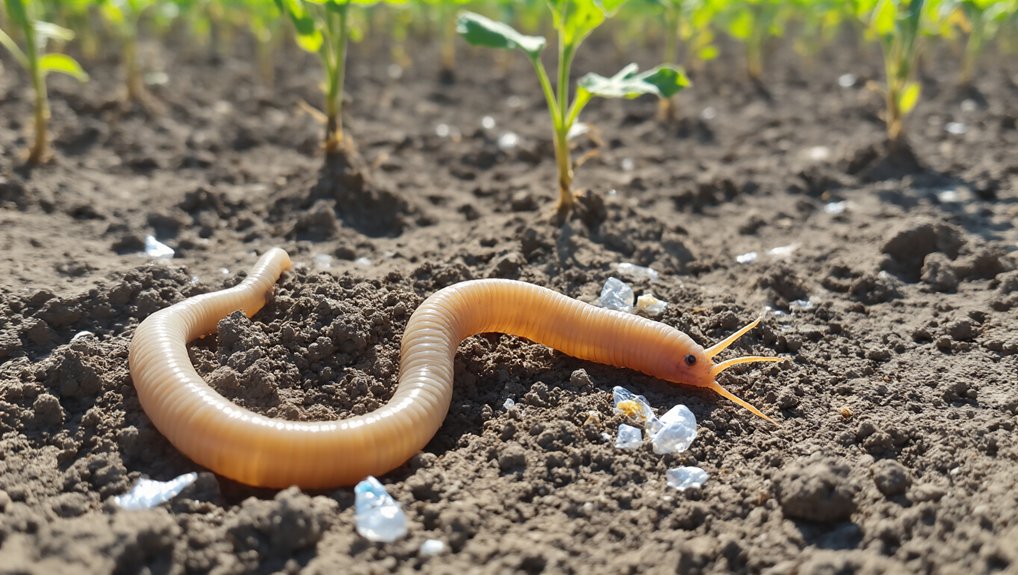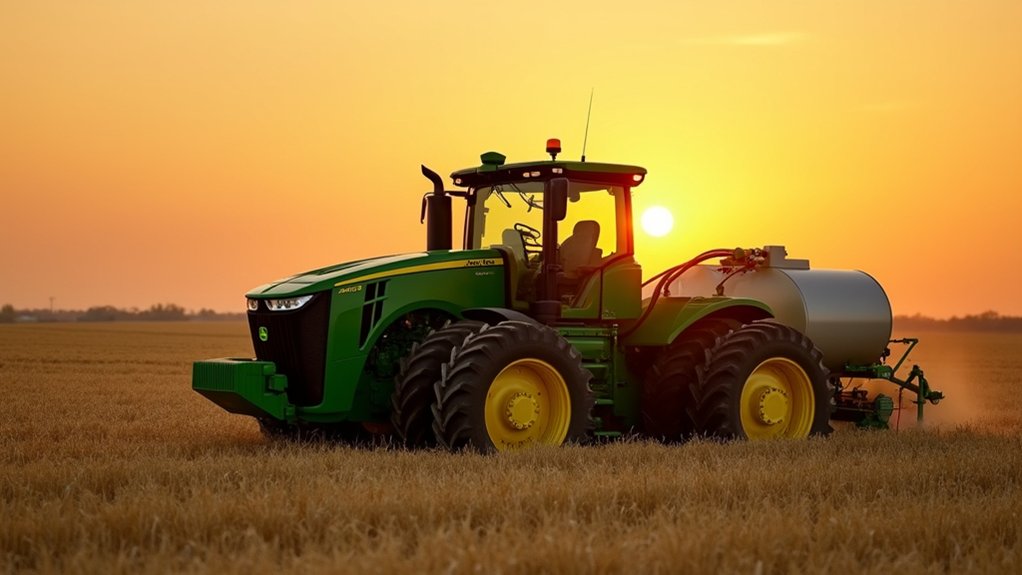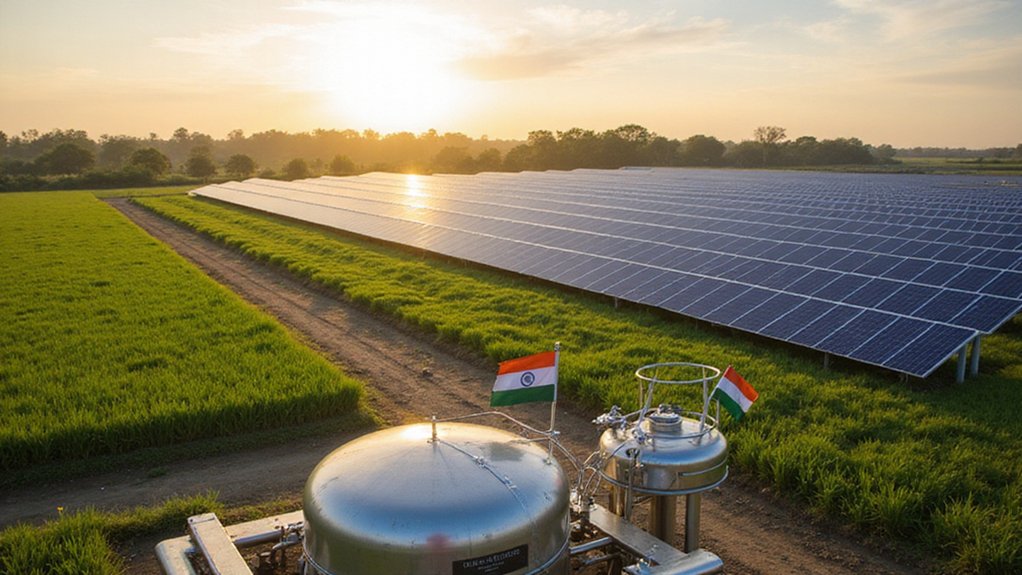Dinner plates across America are connected to a silent crisis. Scientists warn that high meat consumption and industrial farming damage soil health. The effects include erosion, nutrient depletion, and disrupted microbial ecosystems. These practices release greenhouse gases while reducing farmland productivity. The consequences aren’t limited to distant fields—they affect food quality and future agricultural sustainability. What ends up on tonight’s table shapes tomorrow’s growing capacity in ways most consumers never consider.
While many people consider their dinner choices based on taste or nutrition, these decisions have a significant impact on soil health around the world. The foods we eat daily are connected to farming practices that either protect or harm the soil that grows our food.
High meat consumption leads to increased greenhouse gas emissions that harm soil quality. Livestock farming requires extensive land use, causing overgrazing and soil erosion in many regions. When farmers raise animals for meat, they often clear forests and grasslands, reducing the plant diversity that keeps soil healthy.
Plants grown as single crops, called monocultures, create problems for soil health. When farmers grow the same crop repeatedly, the soil loses specific nutrients. This farming approach decreases the helpful microbes living in soil and increases the need for chemical fertilizers. These chemicals may help plants grow quickly, but they damage soil structure over time. Switching to geothermal energy for farm operations could reduce environmental footprint significantly compared to fossil fuel-powered equipment.
Water use in agriculture also affects soil health. Animal farming requires much more water than growing plants for food. Over-irrigation leads to soil salinization, making it harder to grow food in affected areas. Better water management through techniques like drip irrigation helps maintain soil quality. Switching to fungi-based proteins like koji can dramatically reduce water consumption while providing meat-like textures that satisfy consumer preferences.
The quality of soil directly affects the nutrition in our food. Vegetables and fruits grown in healthy soil contain more vitamins and minerals than those from depleted soil. Regenerative farming methods, which focus on building soil health, produce more nutritious crops with higher levels of essential nutrients. Studies have consistently shown crops from regenerative farms contain higher levels of anti-inflammatory compounds and antioxidants compared to conventionally grown foods.
Solutions exist to protect soil health. Farmers can use cover crops and no-till farming to increase organic matter in soil. These practices help soil hold more water and carbon. Rotating different plants in fields preserves soil nutrients and reduces erosion.
